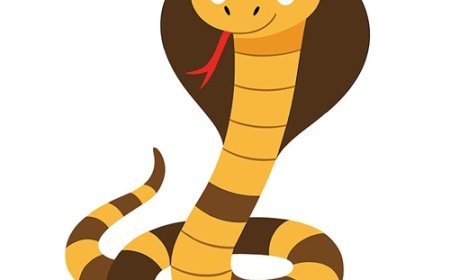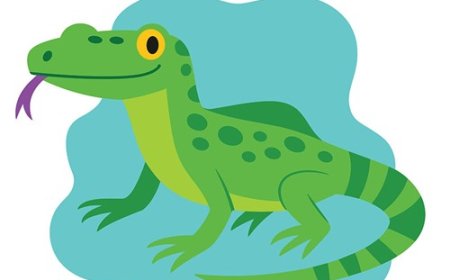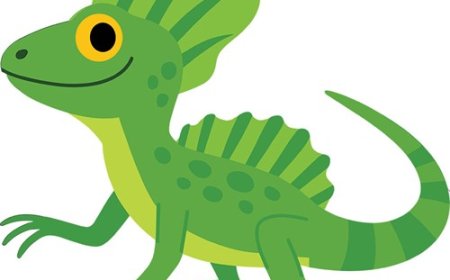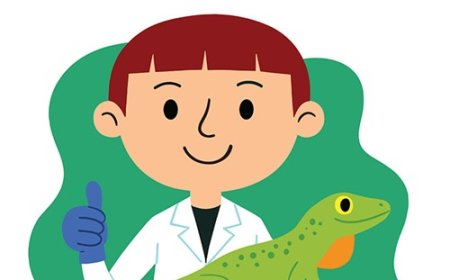Rattlesnake Facts for Kids – Venomous Snake with a Warning Rattle
Learn how rattlesnakes use their tail rattle and venom to hunt and defend themselves
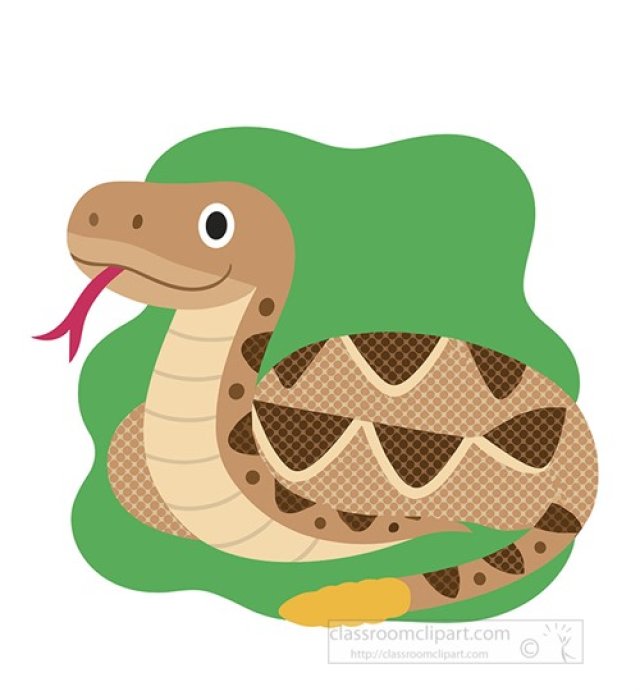
Boa Constrictor Facts for Kids – Powerful South American Snake
Scientific Name and Classification
- Common Name: Boa constrictor
- Scientific Name: Boa constrictor (several subspecies)
- Kingdom: Animalia
- Phylum: Chordata
- Class: Reptilia
- Order: Squamata
- Family: Boidae
- Genus: Boa
- Species: B. constrictor
🐍 Introduction
The boa constrictor is a large non-venomous snake. It lives in Central and South America. It hunts by ambush and squeezes prey. It is famous for strength and pattern.
🦎 Appearance
Adults are 6–10 ft (1.8–3 m), sometimes larger. Colors range from tan to red-brown with dark saddles. A strong, thick body and wedge-shaped head. Tail can be bright in some forms.
🌍 Habitat
Lives in forests, savannas, farmland edges, and dry scrub. Often near water. Ranges from Mexico to Argentina. Good climber and swimmer.
🍽 Diet
Eats rodents, birds, bats, and small mammals. Waits quietly, strikes, and coils. Uses constriction to stop breathing. Swallows prey whole.
🔄 Life Cycle
Gives birth to live young. Litters may be 10–60 neonates. Young are independent at birth. Can live 20–30+ years in care.
🐾 Behavior and Social Structure
Solitary and mostly nocturnal or crepuscular. Hunts on the ground and in low trees. Calm when not threatened, strong when hunting.
🛡 Conservation Status
Generally Least Concern, but local declines exist. Threats include habitat loss and collection. Protected in some regions.
🎭 Cultural Significance
Appears in stories and zoo education. Teaches how constriction works. Popular in herpetology programs.
✨ Fun Facts
- Does not crush bones; stops breathing.
- Can climb trees to ambush birds and bats.
- Gives birth to live young.
- Pattern varies by region.
📌 Key Takeaways
- Large non-venomous constrictor.
- Ambush predator in the Americas.
- Live-bearing snake.
- Strong swimmer and climber.
- Status mostly stable.
🐾 Kid-Friendly Summary
The boa constrictor waits for prey, grabs it, and squeezes. It is big and strong. It lives in many habitats and helps control rodents.
📚 Vocabulary Words
- Constrict – To squeeze tightly.
- Neonate – A newborn animal.
- Nocturnal – Active at night.
- Crepuscular – Active at dawn and dusk.
- Ambush – A surprise attack from hiding.
- Habitat – The place an animal lives.
- Non-venomous – Lacking venom.
- Herpetology – The study of reptiles and amphibians.
🧠 Interactive Quiz: Test Your Boa Constrictor Knowledge
- How does a boa constrictor hunt?
- A. Venom
- B. Constriction
- C. Webs
- D. Traps
- Where does the boa constrictor live?
- A. Europe
- B. Antarctica
- C. Central and South America
- D. Australia only
- True or False: Boa constrictors lay eggs.
- True
- False
- What does “non-venomous” mean?
- A. Has no bones
- B. Has no venom
- C. Has no teeth
- D. Has no scales
- When are boas most active?
- A. Noon only
- B. Night and twilight
- C. Only winter days
- D. Only rainy days


















































